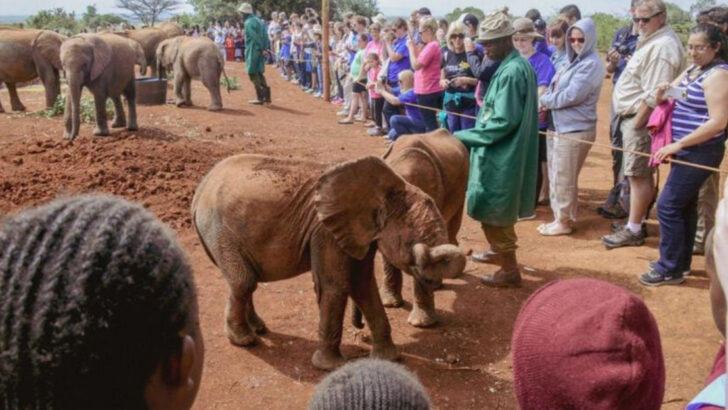One wrong move around African wildlife can cost you more than just a good photo. We’re talking real danger—moments where tourists ignore warnings, chase that “perfect shot,” or treat wild animals like zoo attractions. From selfie attempts with elephants to getting out of the jeep “just for a second,” the mistakes range from embarrassing to downright reckless. And yes, some of them turn deadly. Africa’s wild spaces are breathtaking, raw, and unforgettable. But they demand respect, not selfies. Let’s talk about the most common blunders travelers make— and the two mistakes that cross the line from foolish to life-threatening. If you’re heading into the wild, this list might just save your trip. Or your life.
Approaching Animals Too Closely
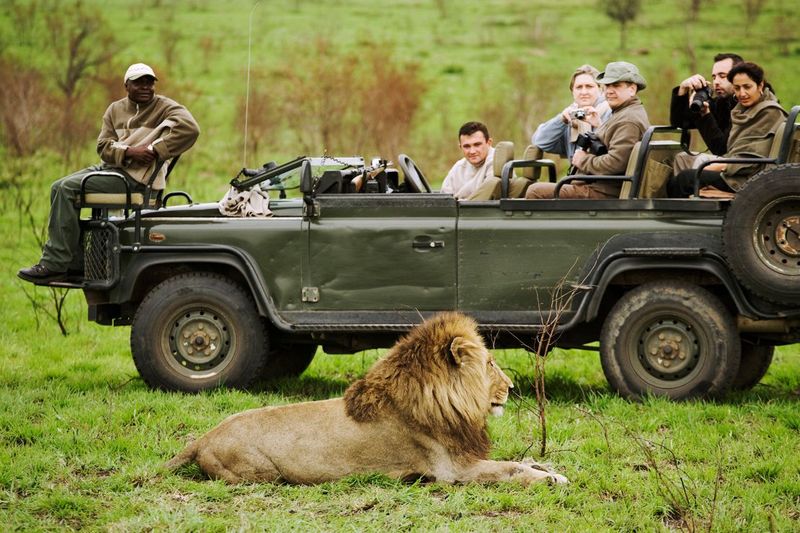
Standing too close to Africa’s wildlife may seem thrilling, but this common mistake can provoke dangerous encounters. The excitement of capturing the perfect photo often leads tourists to inch closer to animals like lions or elephants.
Unaware that these creatures perceive proximity as a threat, tourists might unintentionally provoke aggression. Even the gentlest animals can react unpredictably when disturbed.
To avoid such risks, experts recommend maintaining a safe distance, using binoculars or zoom lenses to observe the beauty from afar. Ensuring both personal safety and respecting wildlife’s natural behavior is vital for an enriching experience.
Ignoring Park Guidelines
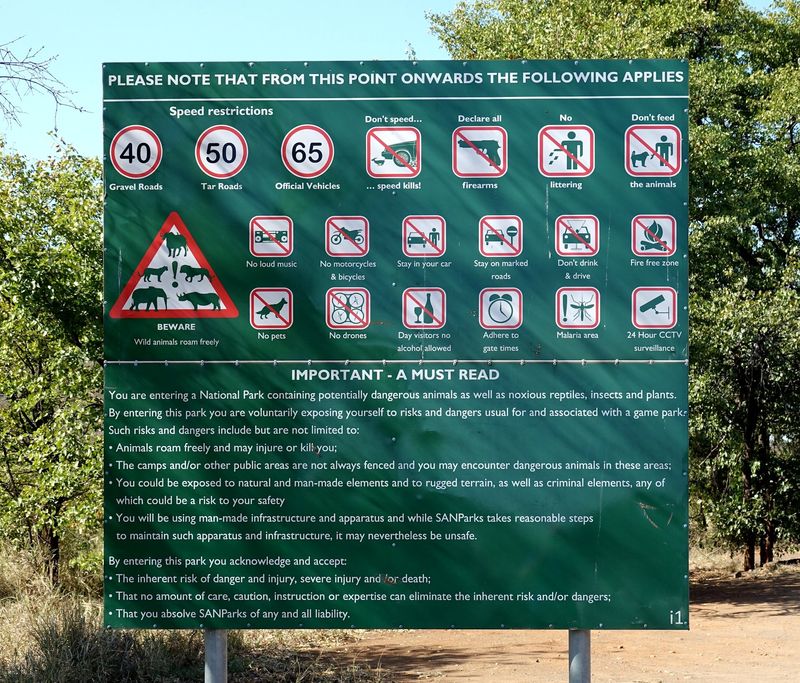
Guidelines in African parks exist for a reason: to protect both visitors and wildlife. Ignoring these rules can lead to disastrous consequences. Often, tourists, eager to explore, skip briefings or signage, assuming they know best.
This oversight can result in dangerous encounters with unpredictable animals. Ignoring vehicle restrictions, venturing off paths, or feeding animals can upset the delicate balance of the ecosystem.
Such actions not only put personal safety at risk but can also harm the wildlife. Respecting park authorities’ wisdom ensures a safer, more responsible adventure.
Feeding Wild Animals
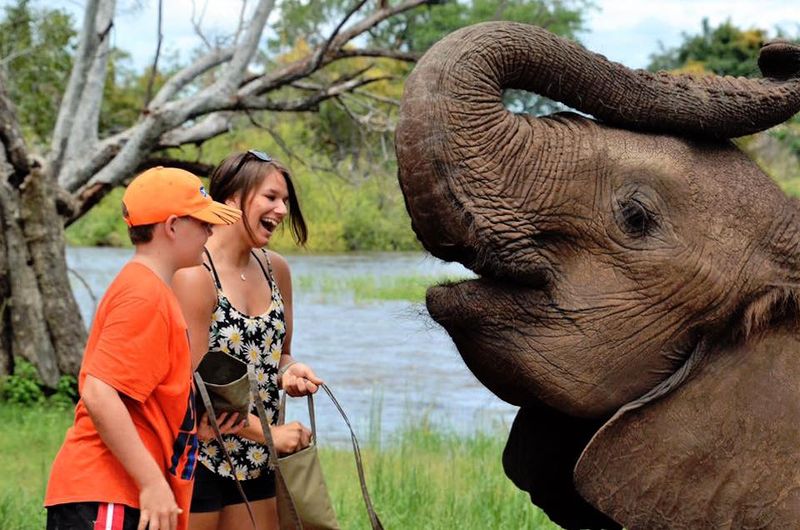
Feeding wild animals might seem like an innocent interaction, but it’s a mistake that can have long-lasting effects. Tourists often offer food to monkeys or birds, hoping for a closer connection.
Unfortunately, this act alters animals’ natural foraging habits, making them reliant on human provisions. This dependency can lead to aggressive behavior as they associate humans with easy meals.
It’s imperative to resist the temptation to feed wildlife, as this small act can have profound impacts on animal behavior and ecosystem dynamics. Observing from a distance is always the best policy.
Littering in the Wild
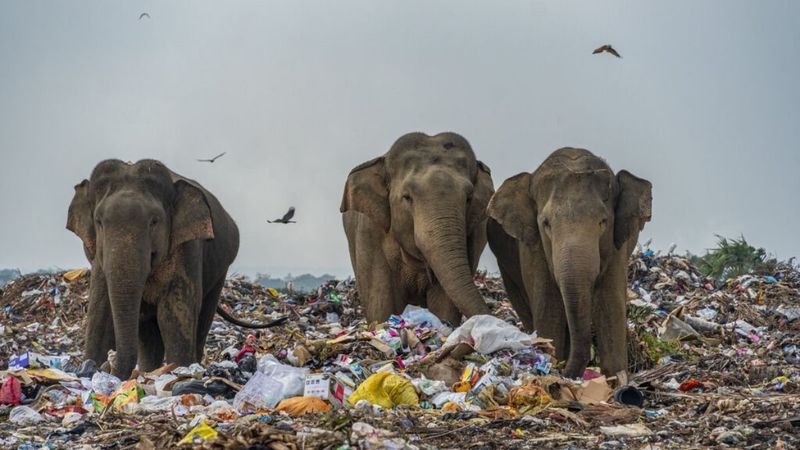
Littering might be a habitual oversight for some tourists, but its impact on African wildlife is severe. Discarded plastics and wrappers can end up ingested by curious animals, causing choking or poisoning.
This seemingly minor act disrupts the environment, endangering ecosystems that many species rely on. Animals, mistaking litter for food, can suffer severe health issues.
Carrying a bag for waste and disposing of it responsibly ensures a cleaner habitat. Tourists must remember their role in preserving the beauty they come to admire and avoid leaving a harmful mark.
Overcrowding Sensitive Areas
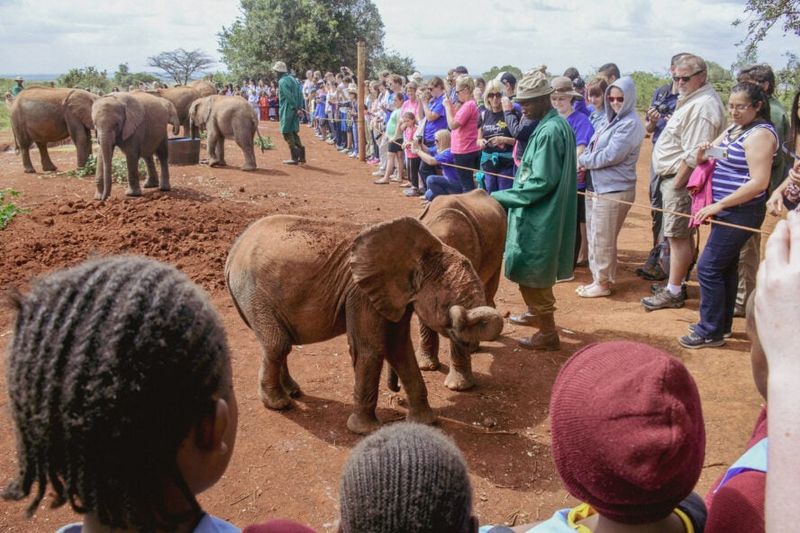
The allure of witnessing Africa’s magnificent creatures often leads to overcrowding sensitive areas. Tourists flock to popular sites, eager to see wildlife up close.
Unfortunately, such gatherings can stress animals, disrupting their natural behaviors and habitats. The presence of too many people can drive wildlife away from essential feeding or breeding grounds.
Tourists should prioritize eco-friendly tours, small group sizes, and less-traveled paths. Balancing the desire for close encounters with respect for the environment ensures that these natural wonders endure for future visitors.
Ignoring Safety Briefings
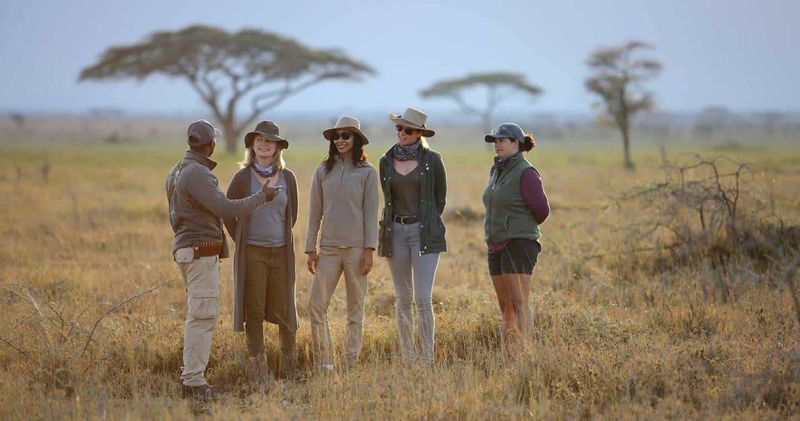
Safety briefings in safaris are often overlooked by eager tourists, eager to start their adventure. This mistake can lead to dangerous situations where basic safety protocols might be forgotten.
Listening to guides’ instructions is vital, as they carry essential information on how to react in case of wildlife encounters or emergencies. Ignoring briefings can result in panic or misjudgment when faced with unpredictable animals.
A few minutes of attention can make the difference between a thrilling adventure and a risky ordeal. Tourists should heed every word from their experienced guides.
Using Flash Photography
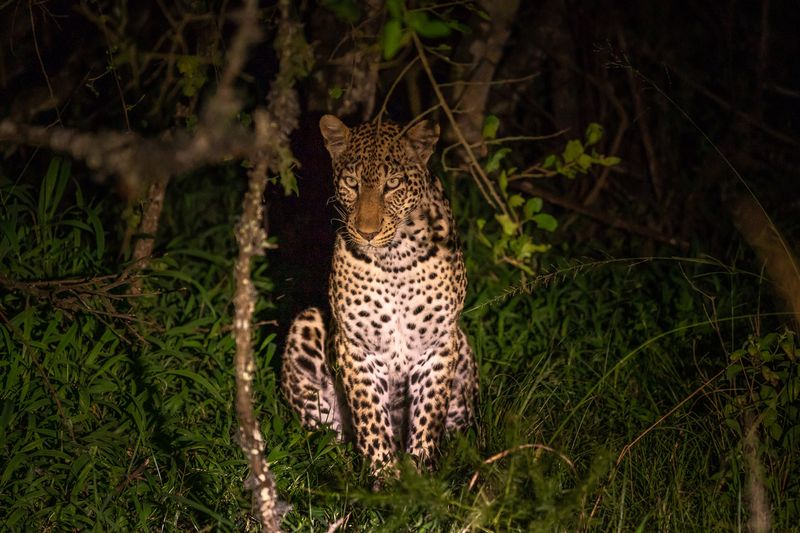
Flash photography might capture stunning images, but it’s disruptive to African wildlife. The sudden burst of light can startle animals, causing them to flee or even become aggressive.
This disturbance to their nocturnal activities can severely affect their behavior and stress levels. Leopards and other night creatures are particularly sensitive to such intrusions.
Tourists should opt for natural lighting or night vision equipment to capture wildlife without invasion. Respecting the animals’ environment enhances both the photographic experience and the well-being of the wildlife.
Venturing Into Restricted Areas
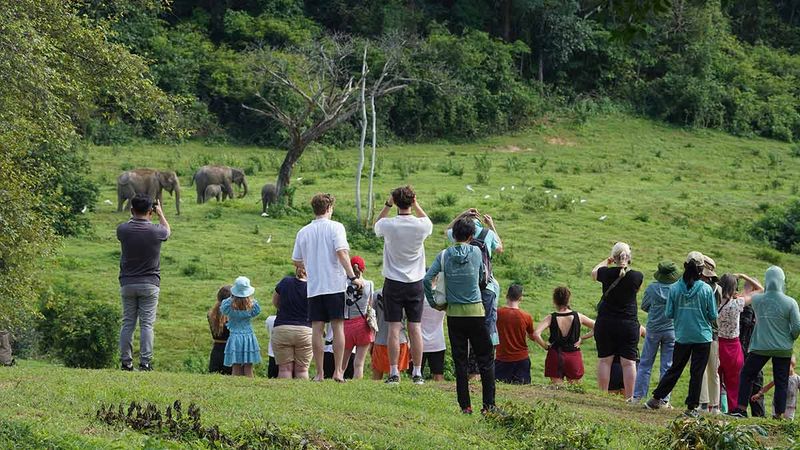
Exploring off-limits areas might seem like an adventure, but it’s a dangerous practice. Tourists often venture into restricted zones, driven by curiosity or a desire for solitude.
These areas are usually off-limits for valid reasons, such as conservation efforts or the presence of dangerous wildlife. Disregarding boundaries can lead to encounters with perilous animals or fragile ecosystems.
Adhering to marked paths and respecting boundaries is essential for personal safety and the preservation of the habitat. The thrill of exploration must be balanced with responsibility.
Teasing or Provoking Animals
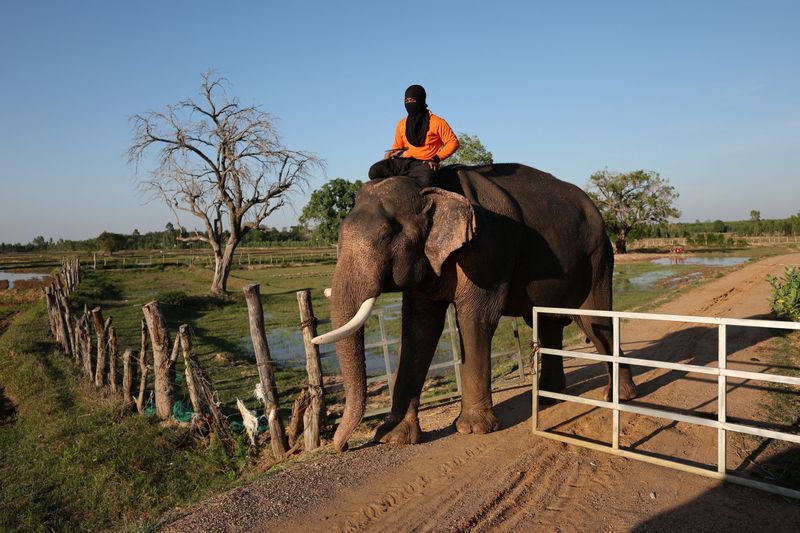
Teasing or provoking animals might be seen as playful, but it’s a dangerous mistake. Tourists often engage in such behavior, unaware of the threats posed by irritated animals.
Elephants, known for their strength, can become aggressive when provoked, leading to dangerous confrontations. Such actions not only endanger the tourists but also stress the animals.
Understanding and respecting wildlife’s space is crucial. Tourists must refrain from actions that disturb or challenge animals, ensuring a safe and harmonious experience for all involved.
Ignoring Malaria Precautions
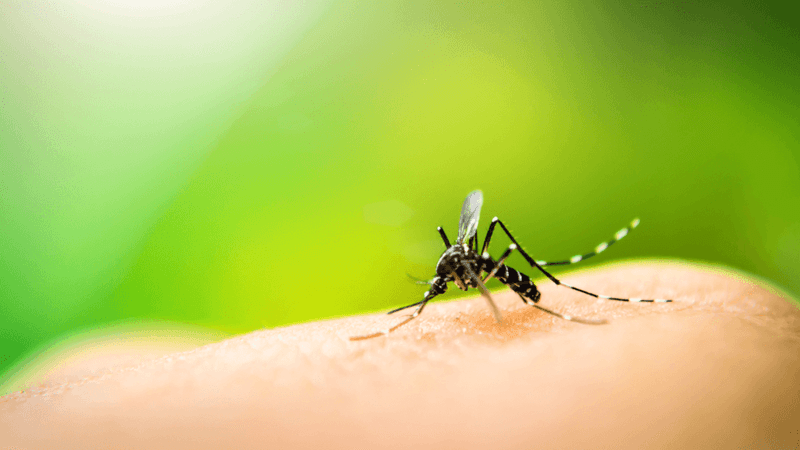
Ignoring malaria precautions can turn a dream safari into a nightmare. Tourists, often focused on the wildlife, neglect the dangers posed by mosquitoes. Malaria remains a significant threat in many African regions.
Failing to take preventive measures, such as medication or insect repellent, increases the risk of illness. This oversight can result in serious health issues, overshadowing the adventure.
Tourists must prioritize their health by following medical advice and using protective measures. A well-planned approach ensures that memories are filled with awe-inspiring wildlife, not hospital visits.

